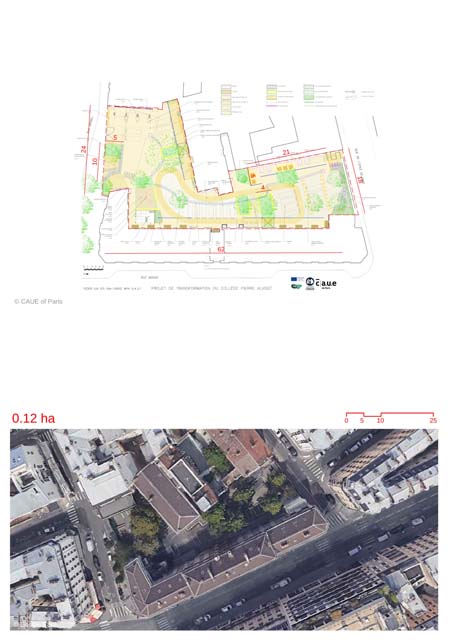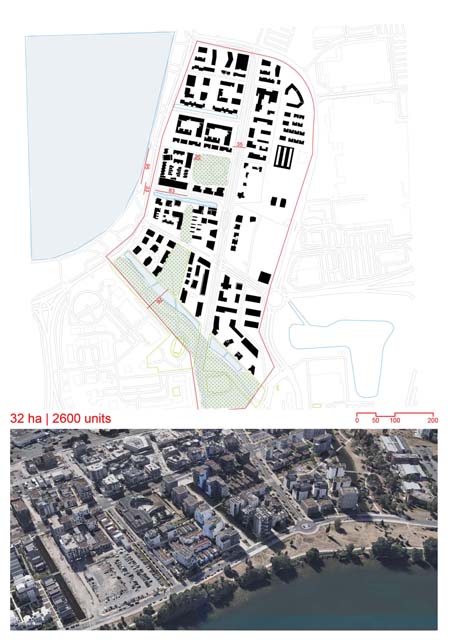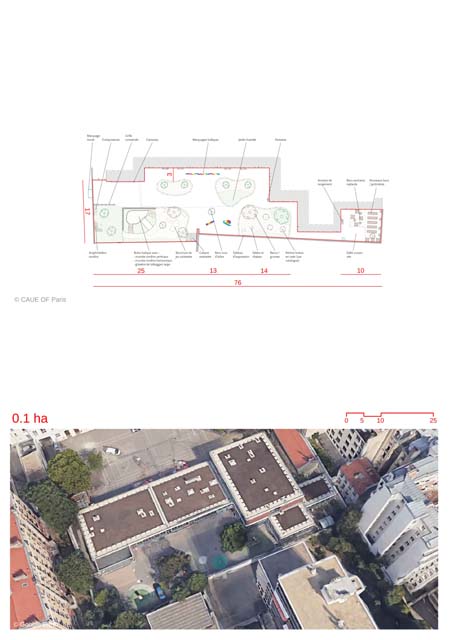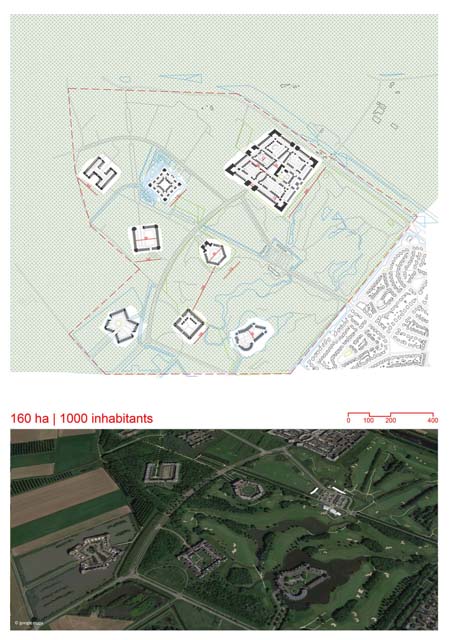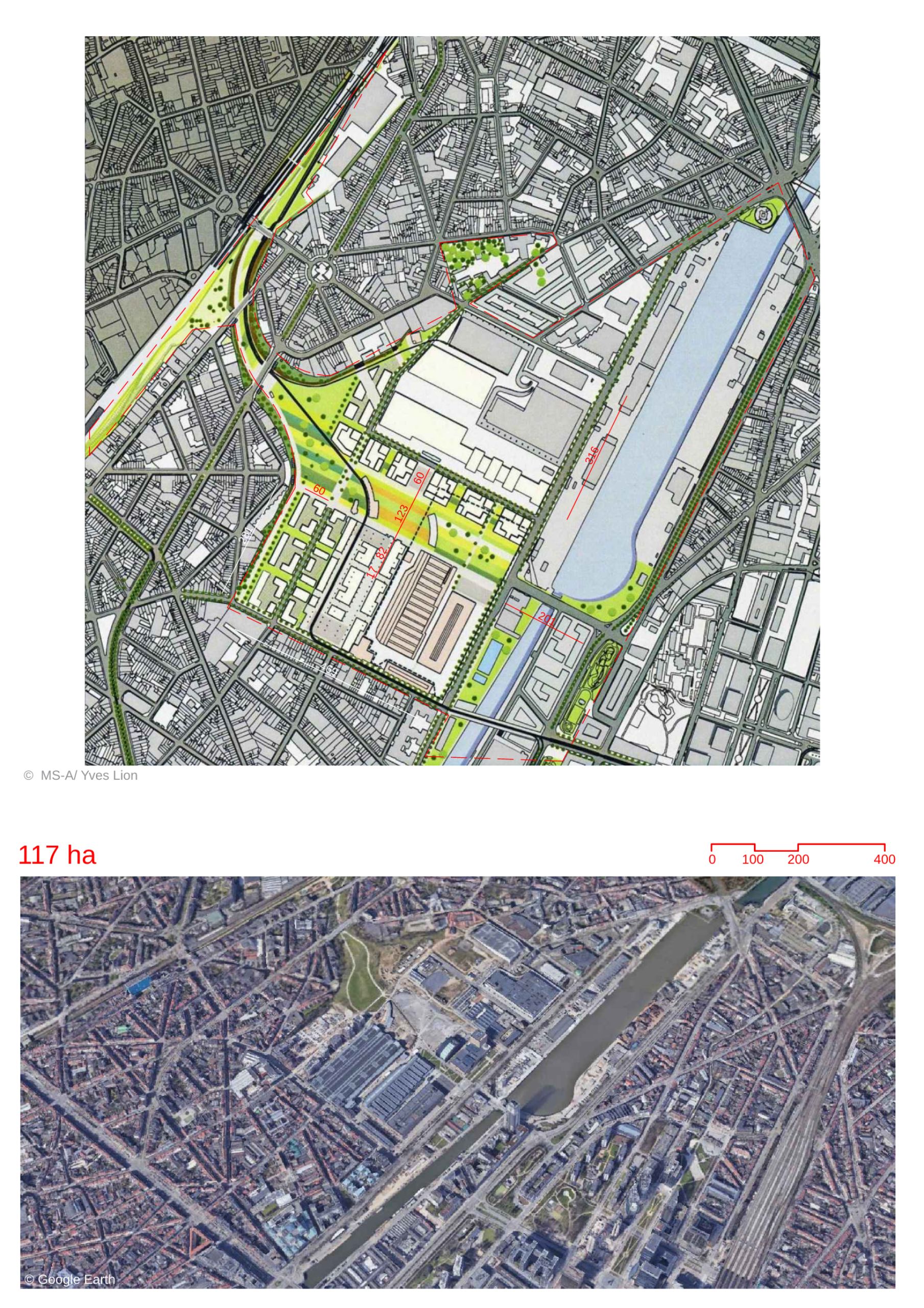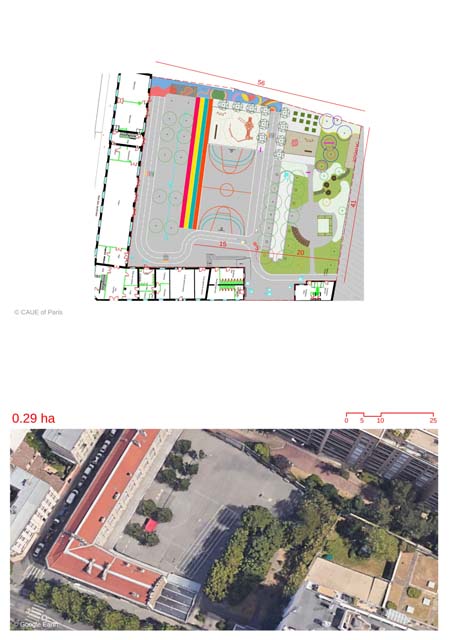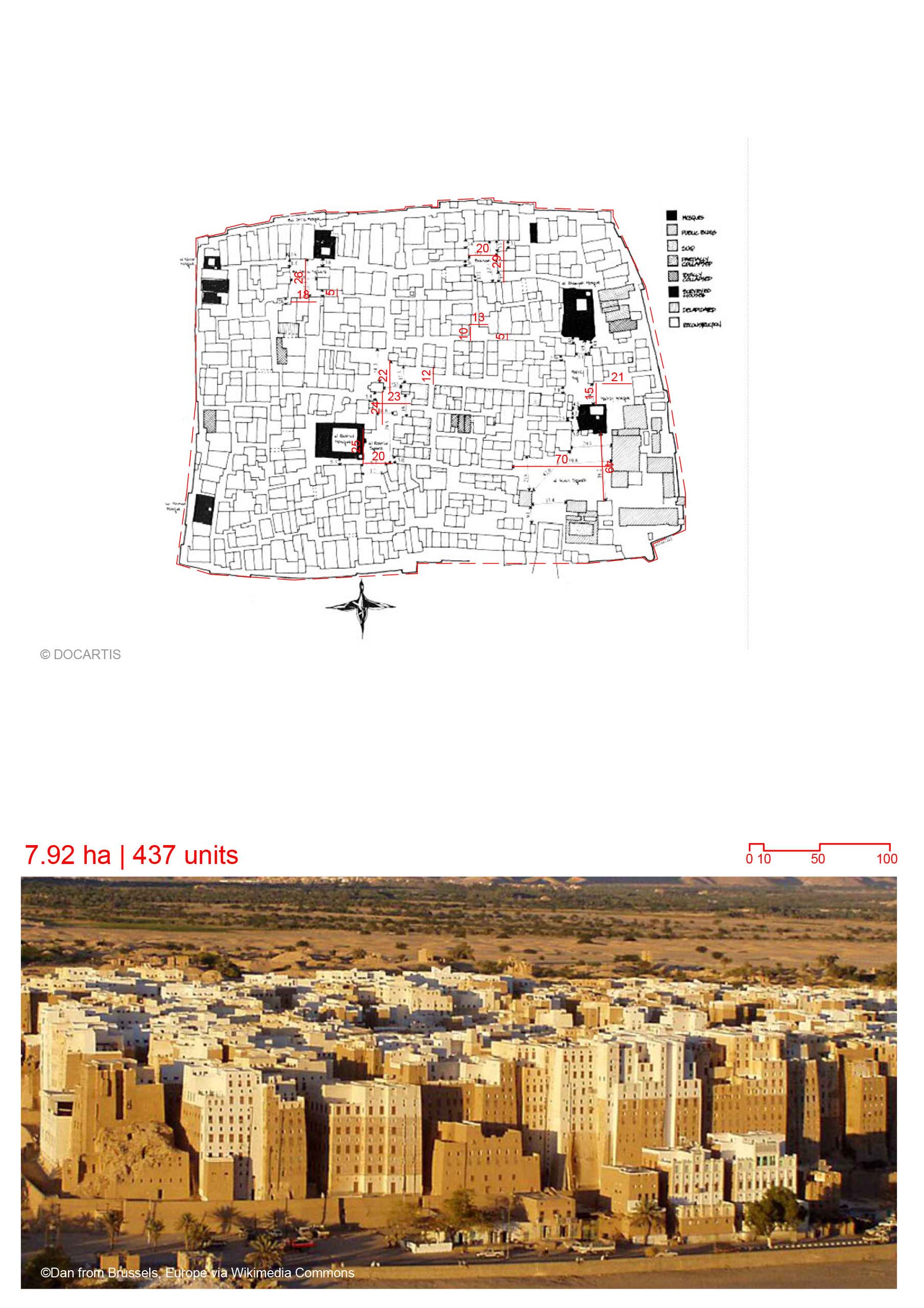
Details
Views:
1056
Tags
Data Info
Author
No author
City
Shibam
Country
Yemen
Year
1500
Program
Walled City
Technical Info
Site area
79200 sqm
Gfa
0
sqm
Density
0 far
Population density
3000
inh/ha
Home Units:
437
Jobs
0
Streetsroad:
0
%
Buildup:
0
%
NonBuild-up:
0 %
Residential
0 %
Business
0
%
Commercial
0
%
Civic
0
%
Description
- The Old Walled City of Shibam, located in Hadramaut, Yemen, is a historic fortified city known for its towers made of mud bricks, earning it the nickname "Manhattan of the Desert" due to its elevated skyline of mud skyscrapers.
- The city's vertical construction dates back to the 16th century, with some key buildings originating in the 9th century, making it an important example of traditional Hadrami architecture.
- The city was fortified to protect its residents from attackers, surrounded by a boundary wall and featuring two city gates and a watchtower.
- The towers are arranged in a grid layout, with narrow roads ranging from 3.5 to 5 meters wide, designed for defensive purposes. The streetscape at ground level is uniform, as most ground floors consist of windowless storage rooms.
- The towers vary in height from 5 to 8 storeys, with an average of 6 storeys, each covering a plot of approximately 90 square meters.
- The towers follow a vertical zoning system:
- Ground floors were used for storage, often windowless for security.
- The first and second floors housed livestock.
- The upper floors, starting from the third, contained living spaces, areas for women, children's areas, kitchens, and toilets.
- Bridges between towers connected higher floors, creating "streets" in this vertical city and serving as escape routes during attacks.
- The towers are trapezoidal, with walls thick at the base and tapering toward the upper floors, making them structurally stable.
- The buildings are constructed from mud bricks made from local soil, with walls rendered in mud plaster, which requires regular re-plastering due to wind erosion.
- Windows are abundant on the higher floors, made from local wood and adorned with ornamental cutouts to promote natural cooling.
- The city layout includes four major public squares, typically located near mosques, and smaller plazas amid the residential towers.
- The open terraces at the tops of towers also functioned as communal spaces, providing areas for social interaction.
- The city also features siqayah—public water fountains, built by philanthropists to provide water to travelers, a unique feature of the urban landscape.
Overview and Historical Significance
Fortification and Urban Layout
Residential Towers
Architectural Features
Public Spaces and Communal Areas
Unique Features
Location
Sources
Explore more Masterplans
|
